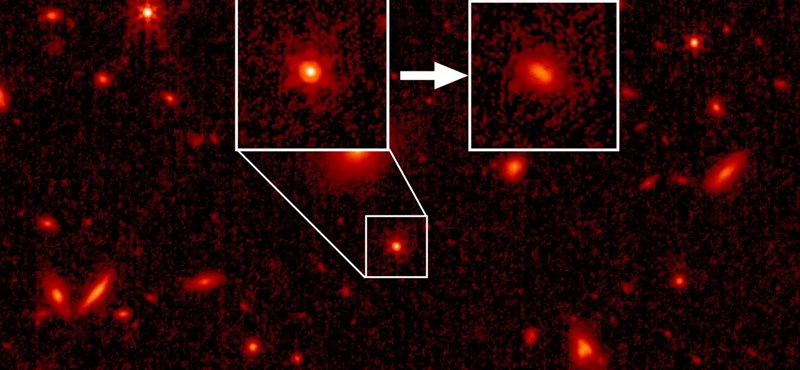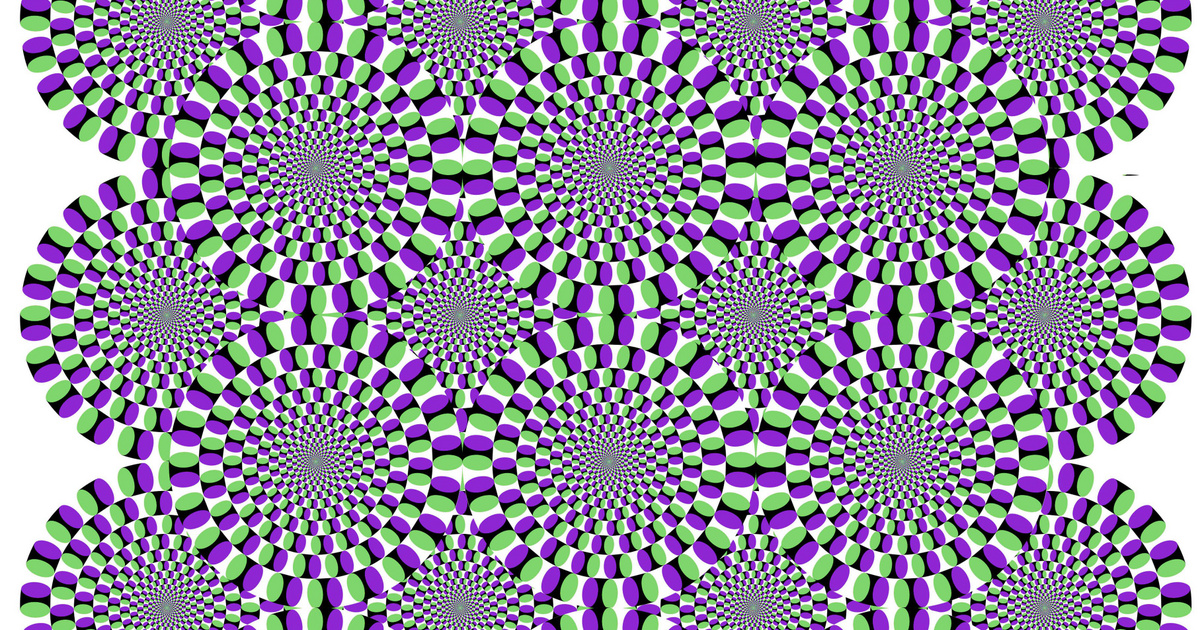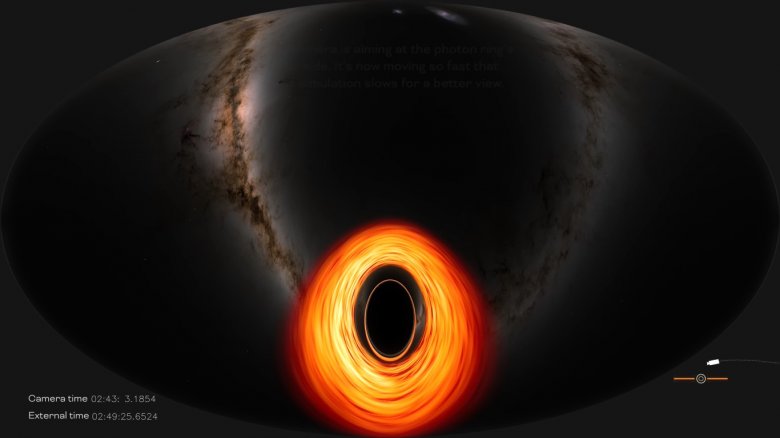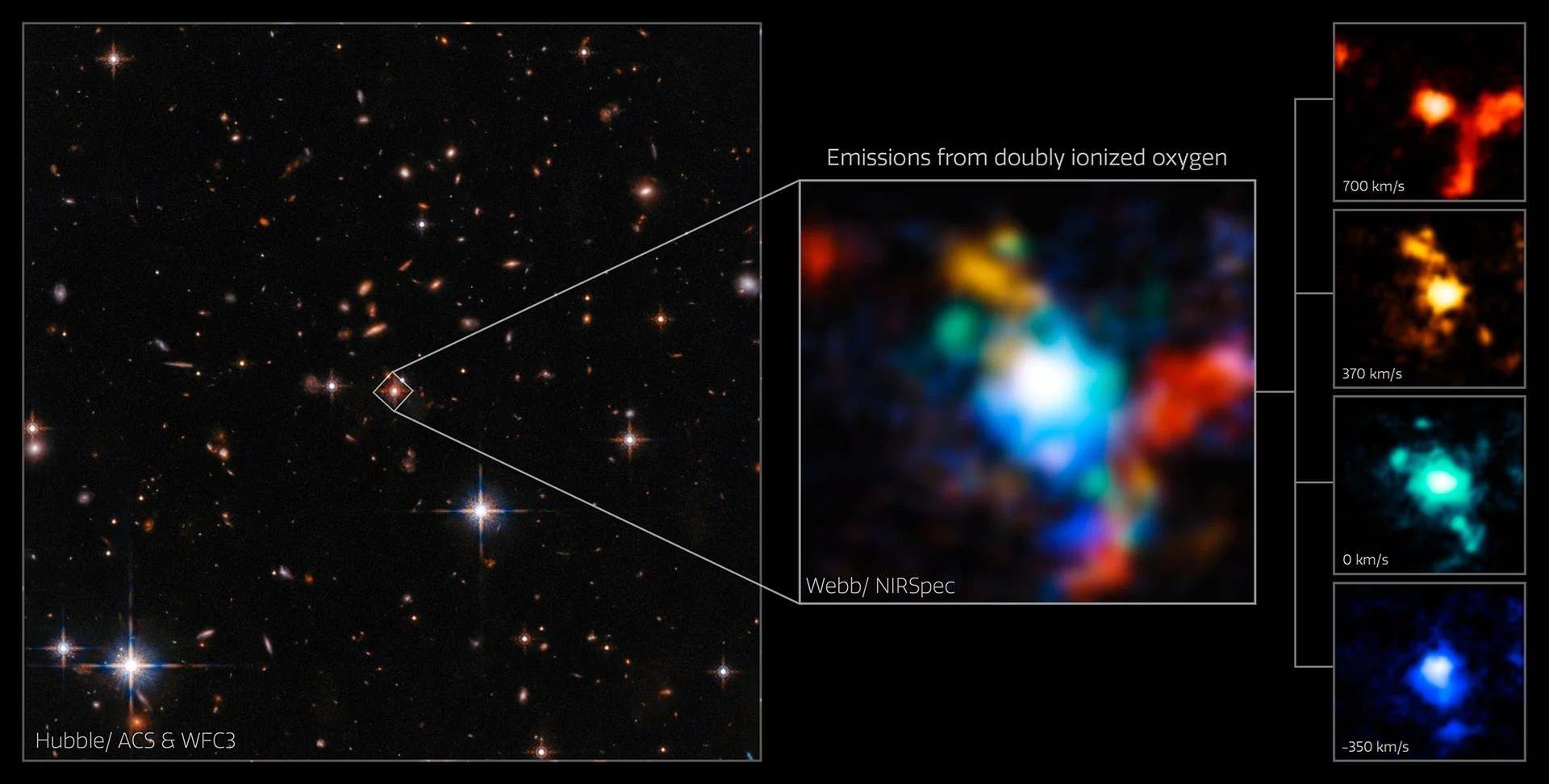[{“available”:true,”c_guid”:”35b0b840-2677-46a6-aa95-c9e19b87693c”,”c_author”:”EUrologus”,”category”:”eurologus”,”description”:”Brüsszelben megkezdődött az állam- és kormányfők kétnapos csúcstalálkozója, az első nap középpontjában az orosz-ukrán háború és a migráció áll, Orbán Viktor számára pedig a pénz.”,”shortLead”:”Brüsszelben megkezdődött az állam- és kormányfők kétnapos csúcstalálkozója, az első nap középpontjában az orosz-ukrán…”,”id”:”20230629_EUcsucs_Brusszelbenmigracio_es_oroszukran_haboru_a_napirenden”,”image”:”https://api.hvg.hu/Img/ffdb5e3a-e632-4abc-b367-3d9b3bb5573b/35b0b840-2677-46a6-aa95-c9e19b87693c.jpg”,”index”:0,”item”:”0ad1856c-6b38-491d-ab30-fcdaf8bc602b”,”keywords”:null,”link”:”/eurologus/20230629_EUcsucs_Brusszelbenmigracio_es_oroszukran_haboru_a_napirenden”,”timestamp”:”2023. június. 29. 14:46″,”title”:”EU-csúcs Brüsszelben: migráció és orosz-ukrán háború a napirenden”,”trackingCode”:”RELATED”,”c_isbrandchannel”:false,”c_isbrandcontent”:false,”c_isbrandstory”:false,”c_isbrandcontentorbrandstory”:false,”c_isbranded”:false,”c_ishvg360article”:false,”c_partnername”:null,”c_partnerlogo”:”00000000-0000-0000-0000-000000000000″,”c_partnertag”:null},{“available”:true,”c_guid”:”711456a3-cb1a-464f-b9b8-2ec4c662e881″,”c_author”:”hvg.hu”,”category”:”tudomany”,”description”:”Összesen öt maláriás megbetegedés történt Texas és Florida államokban Amerikában, a szakemberek szerint azonban alacsony a kockázata annak, hogy továbbterjedjen a fertőzés.”,”shortLead”:”Összesen öt maláriás megbetegedés történt Texas és Florida államokban Amerikában, a szakemberek szerint azonban…”,”id”:”20230629_amerikai_egyesult_allamok_malaria_megjelenese_texas_florida_betegseg_szunyog_szunyogcsipes_fertozes”,”image”:”https://api.hvg.hu/Img/ffdb5e3a-e632-4abc-b367-3d9b3bb5573b/711456a3-cb1a-464f-b9b8-2ec4c662e881.jpg”,”index”:0,”item”:”3b7a18b7-b547-487e-ae1e-877c6c84c13e”,”keywords”:null,”link”:”/tudomany/20230629_amerikai_egyesult_allamok_malaria_megjelenese_texas_florida_betegseg_szunyog_szunyogcsipes_fertozes”,”timestamp”:”2023. június. 29. 14:03″,”title”:”20 év után felütötte a fejét a malária az USA-ban, rögtön két államban is”,”trackingCode”:”RELATED”,”c_isbrandchannel”:false,”c_isbrandcontent”:false,”c_isbrandstory”:false,”c_isbrandcontentorbrandstory”:false,”c_isbranded”:false,”c_ishvg360article”:false,”c_partnername”:null,”c_partnerlogo”:”00000000-0000-0000-0000-000000000000″,”c_partnertag”:null},{“available”:true,”c_guid”:”69958ea4-4479-4449-a87a-10df04187704″,”c_author”:”MTI/hvg.hu”,”category”:”vilag”,”description”:”A Hargita megyei község elöljárója csütörtökön személyesen szállt ki a helyszínre, hogy megbizonyosodjon a változásról.”,”shortLead”:”A Hargita megyei község elöljárója csütörtökön személyesen szállt ki a helyszínre, hogy megbizonyosodjon a változásról.”,”id”:”20230629_Eltavolitottak_a_betonkereszteket_az_uzvolgyi_katonatemetobol”,”image”:”https://api.hvg.hu/Img/ffdb5e3a-e632-4abc-b367-3d9b3bb5573b/69958ea4-4479-4449-a87a-10df04187704.jpg”,”index”:0,”item”:”d398dea0-f838-4689-b7fb-e671a2edb8c8″,”keywords”:null,”link”:”/vilag/20230629_Eltavolitottak_a_betonkereszteket_az_uzvolgyi_katonatemetobol”,”timestamp”:”2023. június. 29. 16:06″,”title”:”Eltávolították a betonkereszteket az úzvölgyi katonatemetőből”,”trackingCode”:”RELATED”,”c_isbrandchannel”:false,”c_isbrandcontent”:false,”c_isbrandstory”:false,”c_isbrandcontentorbrandstory”:false,”c_isbranded”:false,”c_ishvg360article”:false,”c_partnername”:null,”c_partnerlogo”:”00000000-0000-0000-0000-000000000000″,”c_partnertag”:null},{“available”:true,”c_guid”:”324d235a-61c2-440e-9414-801dbf14cc73″,”c_author”:”hvg.hu”,”category”:”tudomany”,”description”:”Az amerikai Save the Chimps rezervátum dolgozói videóra vették, amint Vanilla, a 28 éves nőstény csimpánz életében először kilép a szabadba.”,”shortLead”:”Az amerikai Save the Chimps rezervátum dolgozói videóra vették, amint Vanilla, a 28 éves nőstény csimpánz életében…”,”id”:”20230629_vanilla_csimpanz_eloszor_latja_meg_az_eget_video_rezervatum_allatmentes_save_the_chimps”,”image”:”https://api.hvg.hu/Img/ffdb5e3a-e632-4abc-b367-3d9b3bb5573b/324d235a-61c2-440e-9414-801dbf14cc73.jpg”,”index”:0,”item”:”4a2277a2-b256-48f3-a8cb-8b067b54def3″,”keywords”:null,”link”:”/tudomany/20230629_vanilla_csimpanz_eloszor_latja_meg_az_eget_video_rezervatum_allatmentes_save_the_chimps”,”timestamp”:”2023. június. 29. 15:03″,”title”:”Életében először látta meg az eget a 28 éves csimpánz, megható videón a reakciója”,”trackingCode”:”RELATED”,”c_isbrandchannel”:false,”c_isbrandcontent”:false,”c_isbrandstory”:false,”c_isbrandcontentorbrandstory”:false,”c_isbranded”:false,”c_ishvg360article”:false,”c_partnername”:null,”c_partnerlogo”:”00000000-0000-0000-0000-000000000000″,”c_partnertag”:null},{“available”:true,”c_guid”:”9dcf48b3-4360-4f39-8af7-a762a604319d”,”c_author”:”hvg.hu”,”category”:”itthon”,”description”:”Rétvári Bence államtitkár közölte, hogy a kórház rendelőintézetében július 3-ától újraindulhat a szakrendelés. “,”shortLead”:”Rétvári Bence államtitkár közölte, hogy a kórház rendelőintézetében július 3-ától újraindulhat a szakrendelés. “,”id”:”20230630_peterfy_sandor_utcai_korhaz_egeszsegugy_kardiologia_orvos”,”image”:”https://api.hvg.hu/Img/ffdb5e3a-e632-4abc-b367-3d9b3bb5573b/9dcf48b3-4360-4f39-8af7-a762a604319d.jpg”,”index”:0,”item”:”7a064e5a-dcbd-4522-a740-6c831cb4d87d”,”keywords”:null,”link”:”/itthon/20230630_peterfy_sandor_utcai_korhaz_egeszsegugy_kardiologia_orvos”,”timestamp”:”2023. június. 30. 12:12″,”title”:”Hétfőtől ismét működik a kardiológiai szakrendelés a Péterfy Sándor utcai kórházban”,”trackingCode”:”RELATED”,”c_isbrandchannel”:false,”c_isbrandcontent”:false,”c_isbrandstory”:false,”c_isbrandcontentorbrandstory”:false,”c_isbranded”:false,”c_ishvg360article”:false,”c_partnername”:null,”c_partnerlogo”:”00000000-0000-0000-0000-000000000000″,”c_partnertag”:null},{“available”:true,”c_guid”:”66c2add8-9448-4f87-adee-fe0e0f67f88c”,”c_author”:”hvg.hu”,”category”:”cegauto”,”description”:”A közel 700 millió forintos Batur opcionális hangrendszerének alaposan megkérik az árát.”,”shortLead”:”A közel 700 millió forintos Batur opcionális hangrendszerének alaposan megkérik az árát.”,”id”:”20230630_ket_uj_suzuki_vitara_is_kijon_a_legujabb_bentley_batur_hifijenek_arabol”,”image”:”https://api.hvg.hu/Img/ffdb5e3a-e632-4abc-b367-3d9b3bb5573b/66c2add8-9448-4f87-adee-fe0e0f67f88c.jpg”,”index”:0,”item”:”cb81016c-1664-4177-a042-bb419c828b02″,”keywords”:null,”link”:”/cegauto/20230630_ket_uj_suzuki_vitara_is_kijon_a_legujabb_bentley_batur_hifijenek_arabol”,”timestamp”:”2023. június. 30. 08:41″,”title”:”Két új Suzuki Vitara is kijön a legújabb Bentley hifijének árából”,”trackingCode”:”RELATED”,”c_isbrandchannel”:false,”c_isbrandcontent”:false,”c_isbrandstory”:false,”c_isbrandcontentorbrandstory”:false,”c_isbranded”:false,”c_ishvg360article”:false,”c_partnername”:null,”c_partnerlogo”:”00000000-0000-0000-0000-000000000000″,”c_partnertag”:null},{“available”:true,”c_guid”:”a06cc814-8428-4e04-9839-35eb4f28acbc”,”c_author”:”hvg.hu”,”category”:”tudomany”,”description”:”Tovább próbálkozik a reklámblokkoló-blokkolással a YouTube, a legújabb megközelítés meghatározott számú videók megtekintése után tiltja le azokat, akik valamilyen programmal letiltják a reklámok megjelenítését.”,”shortLead”:”Tovább próbálkozik a reklámblokkoló-blokkolással a YouTube, a legújabb megközelítés meghatározott számú videók…”,”id”:”20230630_alphabet_google_youtube_reklamblokkolok_blokkolasa_vasszigor_uj_megkozelites_teszteles_korlatozott_szamu_videok_megtekintese”,”image”:”https://api.hvg.hu/Img/ffdb5e3a-e632-4abc-b367-3d9b3bb5573b/a06cc814-8428-4e04-9839-35eb4f28acbc.jpg”,”index”:0,”item”:”2bf9da76-738f-4012-8c68-65ee4a3aba55″,”keywords”:null,”link”:”/tudomany/20230630_alphabet_google_youtube_reklamblokkolok_blokkolasa_vasszigor_uj_megkozelites_teszteles_korlatozott_szamu_videok_megtekintese”,”timestamp”:”2023. június. 30. 07:02″,”title”:”Jön a vasszigor a YouTube-ra, mindent bevetnek a reklámblokkolók letiltására”,”trackingCode”:”RELATED”,”c_isbrandchannel”:false,”c_isbrandcontent”:false,”c_isbrandstory”:false,”c_isbrandcontentorbrandstory”:false,”c_isbranded”:false,”c_ishvg360article”:false,”c_partnername”:null,”c_partnerlogo”:”00000000-0000-0000-0000-000000000000″,”c_partnertag”:null},{“available”:true,”c_guid”:”a75b7c38-081d-4f06-bd90-97f4ff01e9a4″,”c_author”:”hvg.hu”,”category”:”elet”,”description”:”A Jeff Koonstól született, ma már 30 éves Ludwig Koonsnak már fiatalkorúként is volt rendőrségi ügye, 17 éves korában vádolták meg kábítószer-kereskedelemmel, ezután 4 hónapot raboskodott a fiatalkorúak börtönében. “,”shortLead”:”A Jeff Koonstól született, ma már 30 éves Ludwig Koonsnak már fiatalkorúként is volt rendőrségi ügye, 17 éves korában…”,”id”:”20230629_Cicciolina_a_sajat_fiat_tartoztattatta_le”,”image”:”https://api.hvg.hu/Img/ffdb5e3a-e632-4abc-b367-3d9b3bb5573b/a75b7c38-081d-4f06-bd90-97f4ff01e9a4.jpg”,”index”:0,”item”:”0b3b7423-39d7-492e-8651-4f1e42edad30″,”keywords”:null,”link”:”/elet/20230629_Cicciolina_a_sajat_fiat_tartoztattatta_le”,”timestamp”:”2023. június. 29. 11:40″,”title”:”Cicciolina a rendőrökkel vitette el fiát, miután az sokkolóval fenyegette meg”,”trackingCode”:”RELATED”,”c_isbrandchannel”:false,”c_isbrandcontent”:false,”c_isbrandstory”:false,”c_isbrandcontentorbrandstory”:false,”c_isbranded”:false,”c_ishvg360article”:false,”c_partnername”:null,”c_partnerlogo”:”00000000-0000-0000-0000-000000000000″,”c_partnertag”:null}]


Depending on your membership level, we offer, among others:
- We send you an exclusive weekly digest of the interesting things in the world;
- You can gain insight into the work of HVG, you can meet our authors;
- You can take part in pre-premier screenings of the latest films, in various events;
- You can buy HVG books and publications at a discount;
- You can read hvg360 digital news magazine.
We recommend it from the first page










































